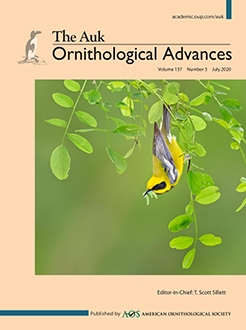Studying the avian egg, its shape, and other aspects of its morphology, has recently undergone a renaissance. Yet most studies rely solely on 2, albeit multicomponent, metrics for the quantification of egg shape: elongation and asymmetry. The difficulty of quantifying an additional trait, the curvature, of an eggshell has yielded many attempts, including several with complex equations or spatial modeling techniques based on digitized images. Yet most of these approaches have lacked an independent single-variable metric, hampering comparative studies especially. We propose a metric for one common quality of egg shape, conicality, which is notably variable across different species' calcareous shells, including shorebirds and non-avian theropods. This metric utilizes multiple measurements of the slope along an egg's profile to produce a distribution of angular measurements, which can be analyzed with a kurtosis value. We tested this metric with sets of computer-generated and 3-dimensional-printed egg forms, where elongation, the percentage of conicality, and the relative curvature of the shell profile were systematically manipulated. For applicability to natural eggs and their diversity across taxa, the kurtosis value was used to quantify the gradient of conicality across a focal avian family, Alcidae, where the extreme ranges of kurtosis values successfully identified eggs qualitatively described as most conical in previous studies. Given the significance of egg morphology and profile curvature to eggshells' structural integrity, surface area-to-volume ratio, mobility/stability, nesting behavior, embryonic development, and individual recognition, our proposed measure of conicality could prove a useful variable to the study of avian and non-avian egg-producing species.
LAY SUMMARY
Avian eggs are shaped in diverse ways and the form of bird's eggshell can be influenced by its nesting requirements, parenting strategies and flight abilities.
Most previous studies used only 2 metrics to study avian egg shape: (1) the width-to-length ratio and (2) the position along its length where the widest part of the egg is located (asymmetry).
We propose a novel metric (conicality) for quantifying how straight/curved the profile of an eggshell is between its outermost dimensions by assessing how much either half of the profile resembles a cone.
The novel conicality measure was also applied to a group of closely related birds with eggs that ranged from more elliptical to more conical. This new conicality metric successfully predicted the relative level of curvature known from casual observations of each species, which supports the method's validity.






